Right whale Catalog #2413 ‘Nauset’ and calf sighted approximately 13-nautical miles off Sapelo Island, Georgia on December 28, 2020. Catalog #2413 is 27-years-old and this is her 4th calf. Photo credit: Clearwater Marine Aquarium Research Institute, NOAA permit #20556-01.
“In Conversation with Izzy” is a regular series where we hear from ACS Board Member and Cetacean Biologist Izzy Szczepaniak. In this inaugural 2021 installment, Board Member Susan Hopp sat down with Izzy to learn about recent news related to North Atlantic Right Whales.
Susan: Happy New Year, Izzy! I thought we might begin the year with exciting news from the Atlantic Ocean related to the endangered North Atlantic right whale. Have you been following?
Izzy: Yes! We received thrilling and hopeful news from biologists studying right whales in the Southeastern United States. In their coastal calving grounds between Cape Fear, North Carolina, and Ponce Inlet, Florida, 28 right whales have been identified, including four newborn calves! The calf sightings are of particular importance because right whales are the most endangered species of the great whales. In the North Atlantic and North Pacific, there are approximately 400 right whales in each ocean (for a total of an estimated 800 in the northern hemisphere).
Susan: The four calves sound like good news, indeed. But why are they considered “the most endangered”?
Izzy: First, let’s start with their name - they are called right whales because, in the days of whaling, they were considered the “right” whales to kill for these reasons: 1) they swim slowly and close to shore, which makes them easy to catch; 2) once killed, right whales float at the surface, which makes them easier to retrieve; 3) they have more oil and baleen than any other species of whale. All of this added up to the most profits from the killing. This targeted killing, which accelerated with industrial-scale whaling in the early 20th century, was banned in the late 1930s but was continued illegally by the Japanese and Russians. It is estimated that from 1963 – 1969, the Soviet Union illegally killed 670 right whales in the North Pacific.
Susan: Other whale populations have recovered to relatively healthy levels. What is keeping the right whale population from recovery?
Izzy: Major causes of right whale mortality, like other whales, are entanglement in fishing gear and vessel collisions. In addition to the perils of human interaction, female right whales give birth to a calf only once every two to three years, unlike other whales, which give birth every other year.
Susan: Wow, that equates to a birth rate of 40% less than other whales, not even allowing for other mortality pressures.
Izzy: This is why it is so exciting to hear of the observation of four right whale calves!
Susan: Well, let’s hope this is a good omen for cetaceans and a propitious beginning to 2021 for cetacean-lovers!
Right whale, Eubalaena glacialis - drawing by Uko Gorter
Izzy Szczepaniak is a Marine Biologist, an American Cetacean Society, San Francisco Bay Chapter Board member, and a Research Associate of The Marine Mammal Center and California Academy of Sciences. Look for more “In Conversation with Izzy” posts in the coming months as we follow up with Izzy so that we may bring you his insights into the world of whales, dolphins, and porpoises in the San Francisco Bay Area.
Susan Hopp is a strategist, educator, and practitioner of sustainable and regenerative management. She works with organizations to identify, formalize and execute sustainability strategies. Susan is a member of the Board of Directors of the American Cetacean Society, San Francisco Bay Chapter, and an adjunct faculty member at the University of San Francisco where she teaches Sustainability Leadership in the Environmental Management Masters program.


